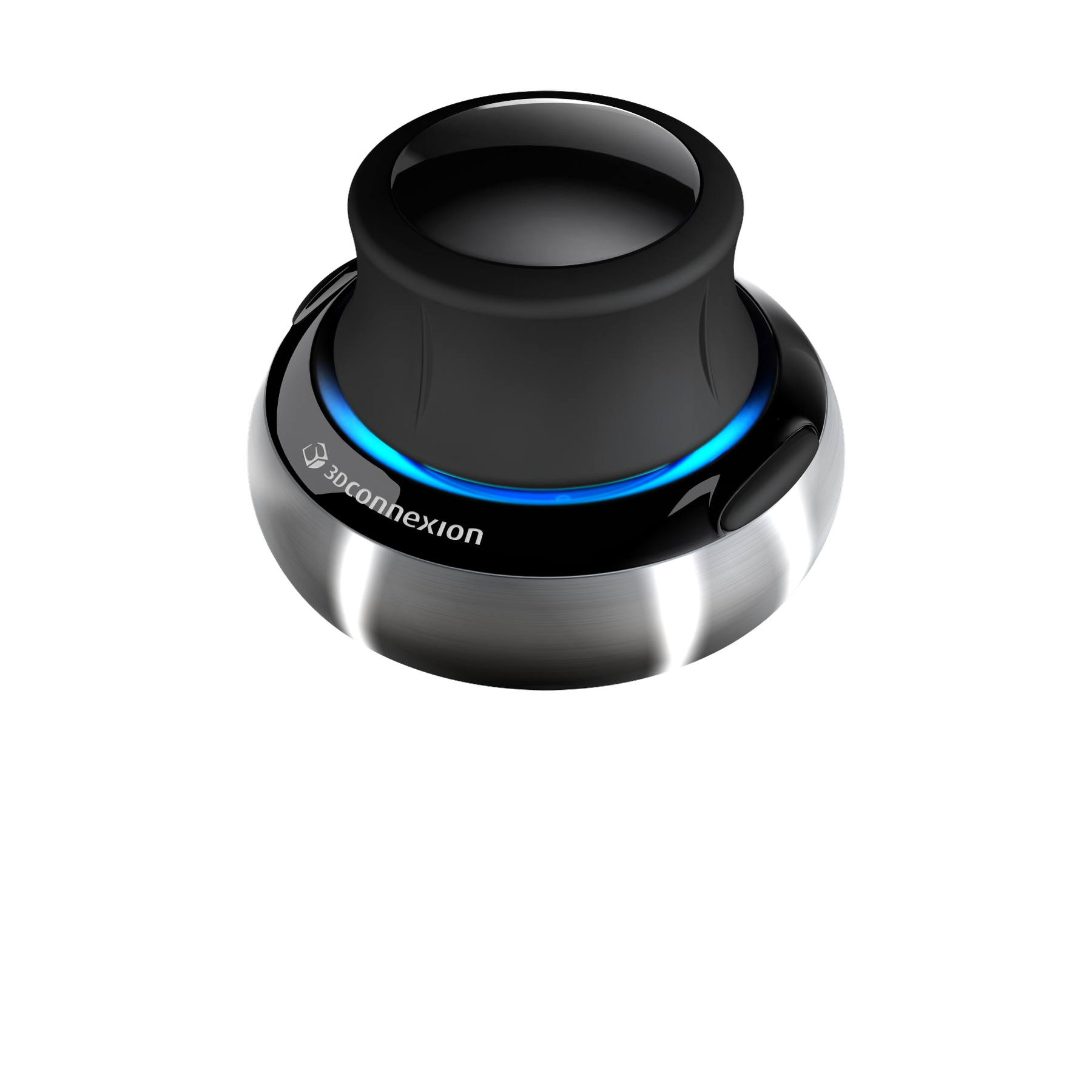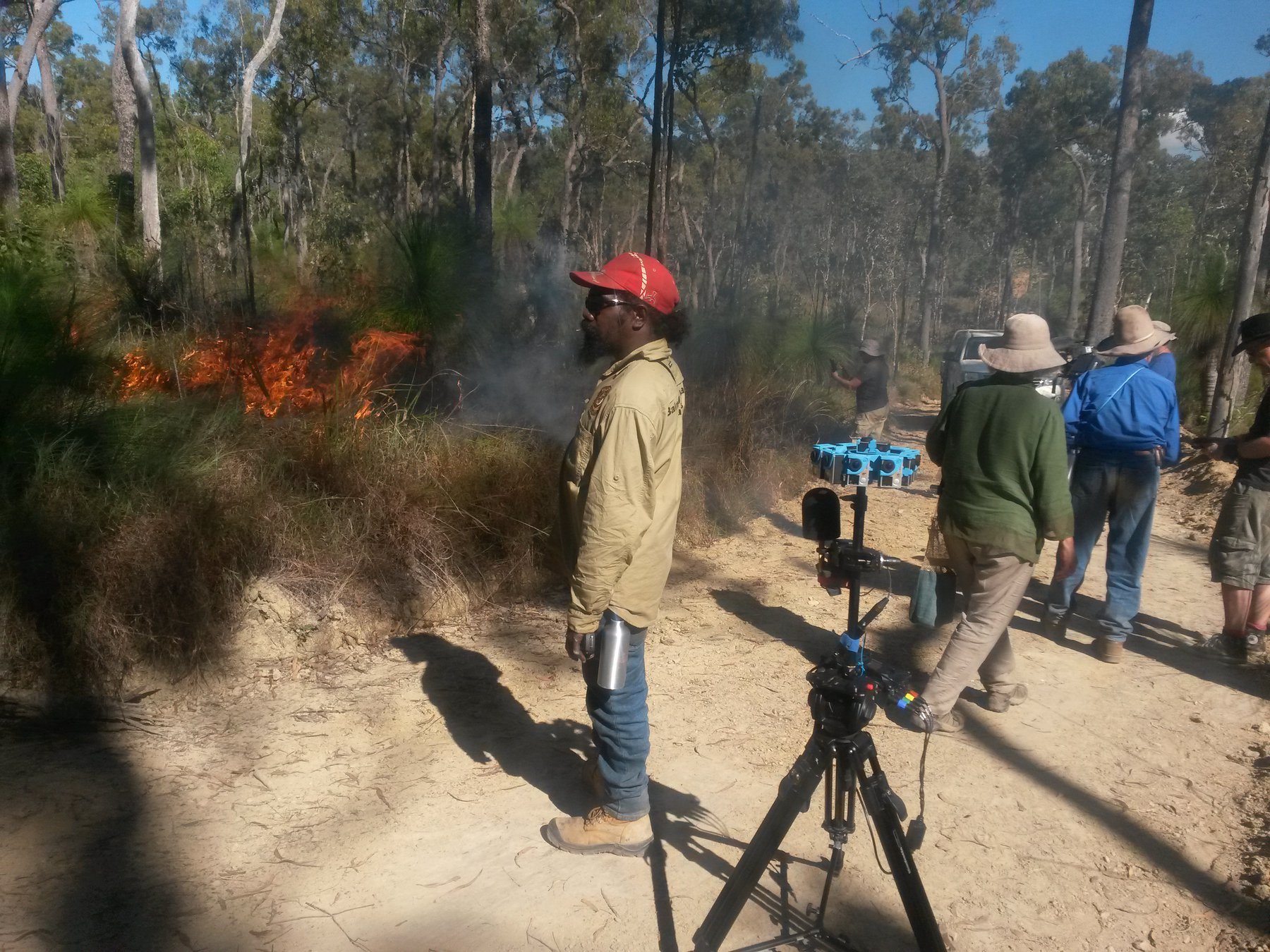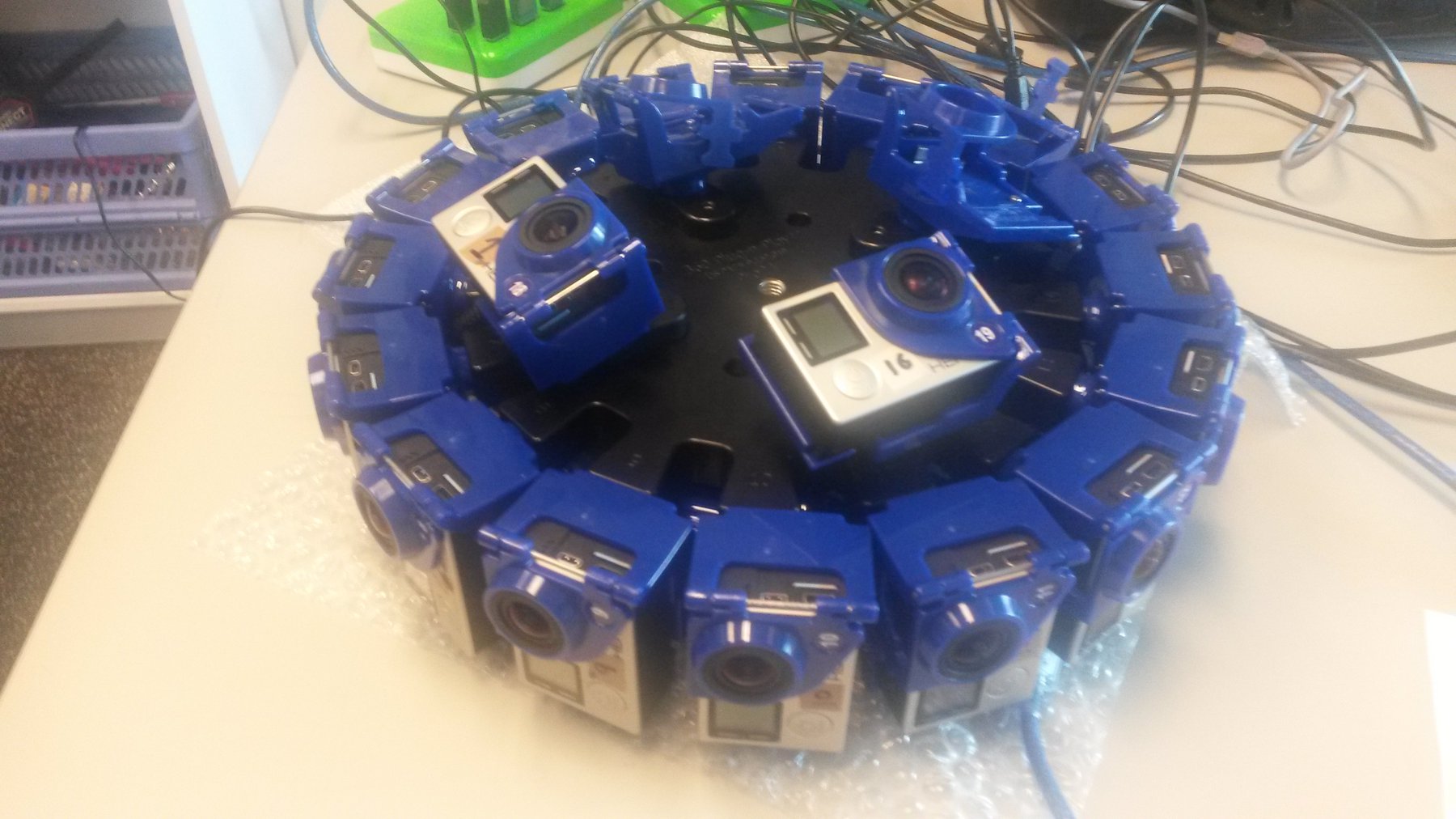| Year | 2015-present |
| Credits | Dean KellyCommunity Liaison Officer, National Parks and Wildlife ServiceIndigenous Guide and Storyteller, NPWS 360 VR Movie Goat Island Sydney The Barbarian GroupCreated byReimagine Etihad A380 Virtual Reality experience featuring Nicole Kidman 360 video, 2016 Mediamonks in association with Contrast Eye and Phoenix360 VR ProductionReimagine Etihad A380 Virtual Reality experience featuring Nicole Kidman 360 video, 2016 Dan Battley, Emily Bissland, Cassie Hough, Chris Lewis, Astrid ScottABC Production TeamWarwick Gold 360 VR Movie, 2016 John Colebrook, Carsten ReimersPixelcase VR production teamWarwick Gold 360 VR Movie, 2016 Scott Gamble, Angela ClarkABC Regional and ABC R+DWarwick Gold 360 VR Movie, 2016 |
| 3D Stereo | Yes |
| Tags | bino 3d movie panoramic movie stereoscopic vr |
Most " Virtual Reality" (VR) movies will simply play in the Data Arena, without additional effort.
These include stereoscopic movies, monoscopic, and 360-degree panoramic movies.
Some of the examples you see above, detailed in the column to the left, are from the internet (Youtube VR], or from NSW Govt Depts (NSW Parks & Wildlife have a series of 360-videos with local Parks Rangers who explain significant features). ABC TV have also begun production in VR (Warwick Gold, with permission).
Some of these educational 360 films are shown when High School and Secondary Schools visit the Data Arena. The benefit is they can be shown to a large group in one showing, without the need for VR Head Mounted Displays (HMD).
Sphere to Cylinder Transformation
VR Movie conversion is done on-the-fly via the GPU Cluster. Movies intended for a VR Head-Mounted Display (HMD) are typically mapped to a sphere (see right) - you're in the virtual centre of that sphere, looking around. The Data Arena converts that sphere to a cylinder for display on its 10m diameter cylindrical display. Then an audience of 30 people can all see the movie together, without the need for a head mounted display.


Stereoscopic movies still require viewers to wear a pair of Active Shutter Glasses - however, unlike a VR HMD these are see-through.
The Data Arena screen is essentially 10K resolution (in each eye: 10K left eye, and 10K right eye). For regular Monoscopic movies, the same image is projected for both eyes.


Letterbox Clipping
The conversion to a cylinder can introduce a letter-box clipping effect - where some of the image is clipped from the top and bottom of the original movie. It's a natural consequence from the different shape. A cylinder has no floor or ceiling. However, the cylinder can be panned in realtime, up and down, controlled by the DA SpaceNavigator (user input device). Pull-up or push down on the Navigator to pan the movie.
Optional Slicing
When a VR movie gets above 4K resolution, the data rates can become significant - there's a lot of pixels to display. Some recent movies are recorded at 8K. to better handle the large data-rates required for 30fps playback, we prefer to process the movie into slices. Essentially the movie is split into 6 smaller movies, one for each of the six video projectors. This process can run reasonably fast - not quite at regular playback speed. The result is specific to the Data Arena configuration, which includes overlap regions (where neighbouring video projectors overlap).
If you consider one video projector, say projector number 3, for every video frame the computer behind it needs to read a video frame, then "throw away" 5/6 of the image, to select just the screen-segment applicable to projector-3. Just 60-degrees of the 360-degree movie. This needs to happen for every frame of video. A lot of data coming in, but only 1/6 of it being displayed. Thus, it makes sense to "pre-process" this cull, and make 6 separate movies, each "slice" being the 60-degree section that that projector would have kept for display. There is more information about this slice process in the Wiki on Video and Movies.
Make a 360 Panoramic Stereo Movie
These photos show the first Data Arena GoPro rig, which we took to Wujal Wujal, Cape York, in Far Northern Queensland to record the 2016 Firesticks workshop. This first rig held 12 GoPro Cameras in a sphere. 5 pairs of cameras on a pentagon around the horizon, 1 camera looking up, another down. Each Camera records HD Video.
There's also a 4-track audio system recording Ambisonic A-Format, to be converted to B-Format surround audio for the Data Arena's spatial audio system.




The Data Arena has built its own 360 stereo camera rig, from 16 GoPro Cameras arranged in a circle. Note each camera is rotated into portrait-mode. The output is 16 mpeg movies. These are stitched together using the image compositor Nuke with the Cara VR plugin. The result is a 16K Stereographic Movie.



